Located on the Parseta river on the south coast of the Baltic Sea. Founded by the Slavic Pomeranians in the early middle ages as a settlement at the site of modern Budzistowo. "Kołobrzeg" literally means in Polish "by the shore".
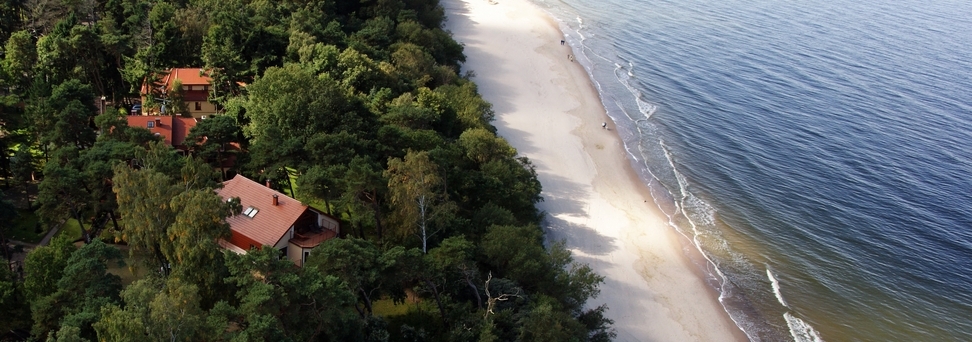
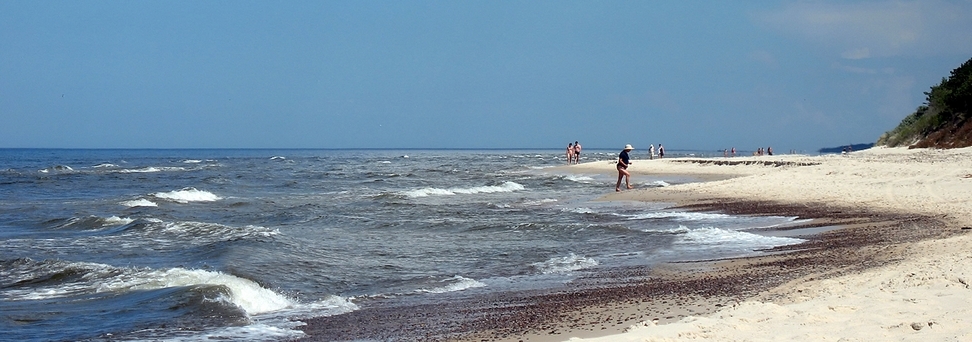
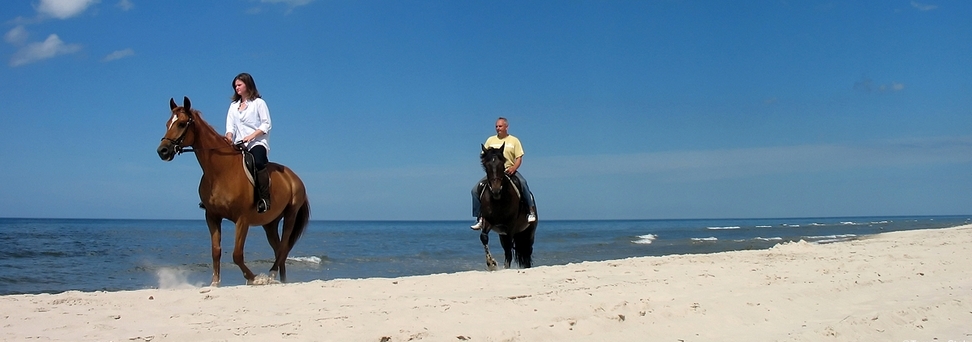
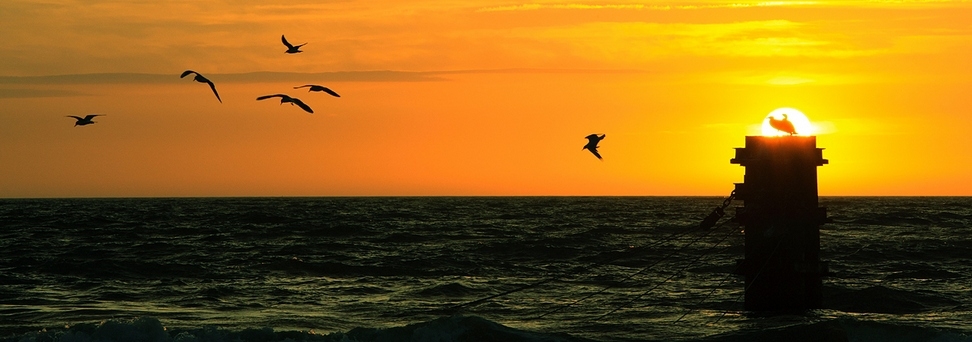
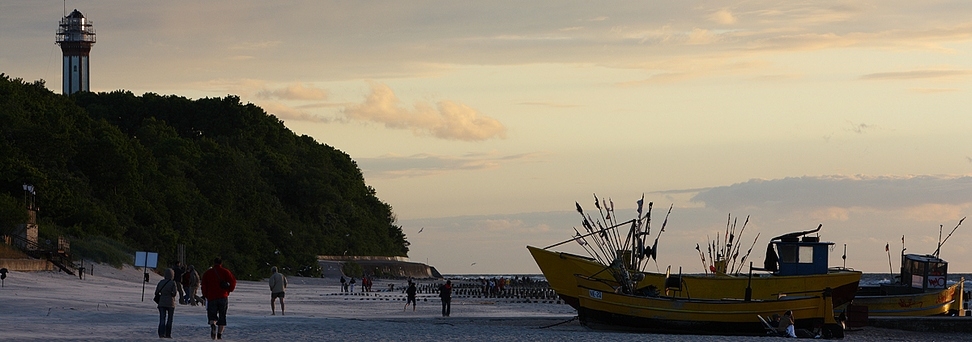
Kołobrzeg - 54 kmLocated on the Parseta river on the south coast of the Baltic Sea. Founded by the Slavic Pomeranians in the early middle ages as a settlement at the site of modern Budzistowo. "Kołobrzeg" literally means in Polish "by the shore". |
The Assumption Blessed Mary Virgin ChurchBuilt somewhere around the XIV century. The first service took place on the building site in 1321. It was rebuilded and restructured in course of the next two centuries and served as a collegiate church since the XVI century and later as a Lutheran church. Since XVII till the XX century many times devastated during war and demolished in 1945 by the Soviet artillery. After the war it was meant to be disassembled but was handed over in Catholic hands and finaly rebuilded in 1974. |
Town HallThe town hall in the center of Kołobrzeg is one of the few remains of the historic city center. Even since the XIV century a town hall was positioned at that location, but its current shape and form date from more recent times. It was constructed in the first half of the XIX century after an neo-gothic design of the German architect Schinkel. The town hall is now home to a modern art gallery, a concert hall and an underground café. |
Knights AcademyThe Academy was founded in 1655 at the former Podgórna Street, in the vicinity of the historic first town hall. This new educational unit functioned at the command of the fortress and schooled 15/16-year-old boys from the Prussian nobility. |
ORP FalaORP Fala is a Polish patrol craft of the Project 912 class. She was the first ship of a five-ship series, commissioned in 1965. Of a Polish design, they were built in Gdynia. "Fala" means literally "the wave". After decommissioning in 1996, Fala was opened as a museum ship in Kołobrzeg, as part of the "Muzeum Oręża Polskiego" exhibition. |
Tenement houseA gothic building representing the medieval city. An object of the first half of the fifteenth century. In addition to the residential character it had commercial functions. After a major refurbishment in the mid-sixteenth century the main facada and interior of the building were changed in typical architectural style of Western Pomerania. Rebuilt in the years 1957-1963 for the purpose of the museum, it is currently used for temporary exhibitions. |
Gunpowder TowerThe tower was formerly called the Fuse Tower. After WW II, its name was distorted and it remains unchanged until today. The tower was a part of the medieval town fortification and today is the only building that survived. This type is called "closed". Today it houses the branch of PTTK - the Polish Tourist Association. |
The Kołobrzeg FortressThe first modern defense in Kołobrzeg built by the occupying city soldiers of Wallensteins imperial army (30 XI 1627 - 1 II 1631) and modernized and fortified further till the second half of the XVII century. After many battles and a few decisions, in 1872 most of the fortifications were demolished leaving till today only few objects of the former fortress.
|
The Polish Army MuseumThe museum was opened in 1963. It possess a large collection of Polish hand weapons, uniforms, artillery pieces, vehicles and air planes from both World Wars. All of the museum pieces were placed in chronological order. The museum is each year visited by over 130,000 visitors. |
Church of St. John the BaptistA one nave gothic temple founded in 1222 by duchess Mirosława, the mother of Barnim I. It was presented to the convent in Mogilno. According to sources from 1333 the temple fall within the Bishopric of Cammin. Destroyed during the time of the reformation, and wasn‛t restored until the 1670. After that it was devastated by Russian and French troops, that also sold both bells from the temples tower. The church was again reconstructed in 1824. |